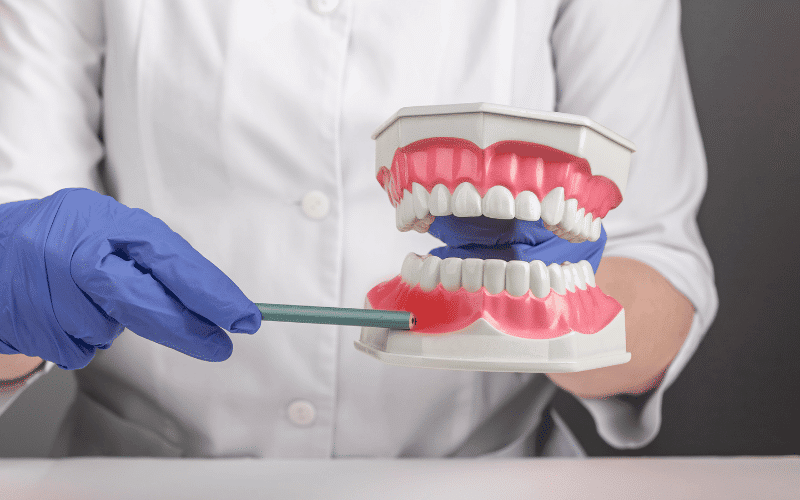9. Dental Issues: The Overlooked Oral Impact of Paget’s Disease

While dental issues aren’t a symptom that’s typically associated with Paget’s disease, they can occur when the disease affects the jaw. The jaws (the maxilla or upper jaw, and the mandible or lower jaw) are among the most common sites affected by Paget’s disease.
Dental issues associated with Paget’s disease can vary and depend on how the disease alters the jaw’s shape and size. When the jaw bone becomes larger, it can lead to a condition known as prognathism, where the lower jaw protrudes outward. This can affect dental alignment, making it difficult to close the mouth completely, leading to issues with chewing and speaking.
Additionally, the rapid bone remodeling associated with Paget’s disease can affect the sockets that house the teeth, known as alveoli. These changes can loosen the teeth or cause them to shift, leading to further difficulties with chewing and speaking.(9)